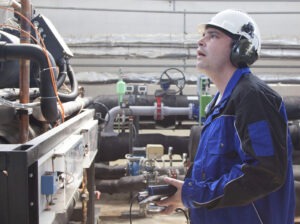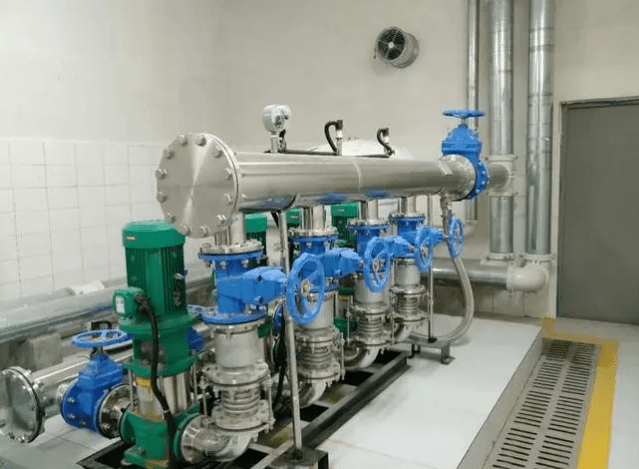1. Incorrect Sensor Mounting Locations Compromise Data Accuracy
First of all, improper sensor placement often leads to unreliable vibration readings. For example, mounting sensors on non – load – bearing surfaces distorts frequency signals. In addition, always attach sensors directly to machinery housing near bearing points. Moreover, avoid surfaces with paint or corrosion, as these reduce coupling efficiency.
2. Loose Wiring Connections Cause Signal Interference
Secondly, vibration sensors require stable electrical connections to transmit data accurately. However, poorly secured cables introduce noise, masking genuine machine vibrations. Therefore, technicians must use shielded cables and tighten terminal screws periodically. Furthermore, route wires away from high – voltage equipment to minimize electromagnetic interference.

3. Overlooking Environmental Factors Skews Results
Thirdly, temperature fluctuations and airborne contaminants degrade sensor performance over time. For instance, extreme heat loosens adhesive mounts, while dust infiltrates connector ports. As a result, install protective enclosures for sensors in harsh environments. Additionally, regularly inspect seals and replace damaged components to maintain integrity.

4. Inadequate Calibration Procedures Reduce Sensitivity
Fourthly, sensors lose calibration due to mechanical stress or aging components. This means that early – stage faults like bearing wear may be missed. Consequently, follow OEM guidelines for calibration intervals using certified reference equipment. Moreover, document each calibration to track performance trends and schedule preventive replacements.
5. Ignoring Grounding Requirements Creates False Alarms
Finally, improper grounding introduces electrical noise, triggering false vibration alerts. So, ensure sensors share a common ground with monitored machinery. Additionally, use ground loop isolators if multiple power sources exist. Besides, test grounding resistance quarterly to stay below 1 ohm, preventing stray currents from corrupting data.

Final Recommendations
In conclusion, avoid these errors by training staff on manufacturer protocols and using vibration simulation tools during installation. Also, consistently validate sensor outputs against baseline measurements. In this way, proactive troubleshooting ensures accurate analysis, minimizing unplanned downtime in automated systems.
Check below popular items for more information in Powergear X Automation Limited.
| Model | Title | Link |
|---|---|---|
| 330902-00-50-05-02-05 | 330902-00-50-05-02-05 Bently Nevada – Proximity Probes 3300 NSv | Learn More |
| 330902-00-95-05-01-05 | Bently Nevada – 330902-00-95-05-01-05 Proximity Probes 3300 NSv | Learn More |
| 330902-00-40-05-01-05 | 3300 NSv Bently Nevada – Proximity Probes | 330902-00-40-05-01-05 | Learn More |
| 330902-00-30-05-02-05 | Bently Nevada – Proximity Probes 3300 NSv | 330902-00-30-05-02-05 | Learn More |
| 330902-00-95-05-02-05 | 3300 NSv Bently Nevada – 330902-00-95-05-02-05 Proximity Probes | Learn More |
| 330902-00-15-05-02-05 | 3300 NSv Bently Nevada – Proximity Probes | 330902-00-15-05-02-05 | Learn More |
| 330902-00-38-05-02-05 | 3300 NSv Bently Nevada – Proximity Probes | 330902-00-38-05-02-05 | Learn More |
| 330902-00-95-05-02-CN | 3300 NSv Bently Nevada | 330902-00-95-05-02-CN Proximity Probes | Learn More |
| 330902-00-50-05-02-CN | 3300 NSv Bently Nevada – 330902-00-50-05-02-CN Proximity Probes | Learn More |
| 330902-00-95-05-01-CN | 3300 NSv Bently Nevada – 330902-00-95-05-01-CN Proximity Probes | Learn More |
| 330902-00-40-05-01-CN | 3300 NSv Bently Nevada – 330902-00-40-05-01-CN Proximity Probes | Learn More |







Leave a Comment
Your email address will not be published. Required fields are marked *